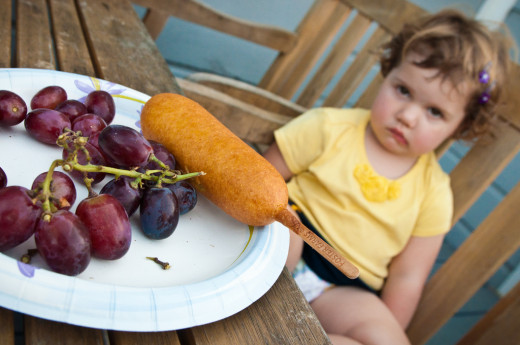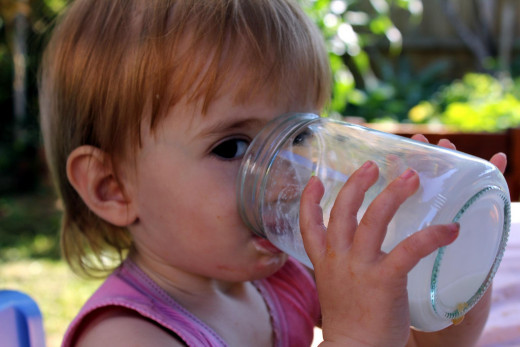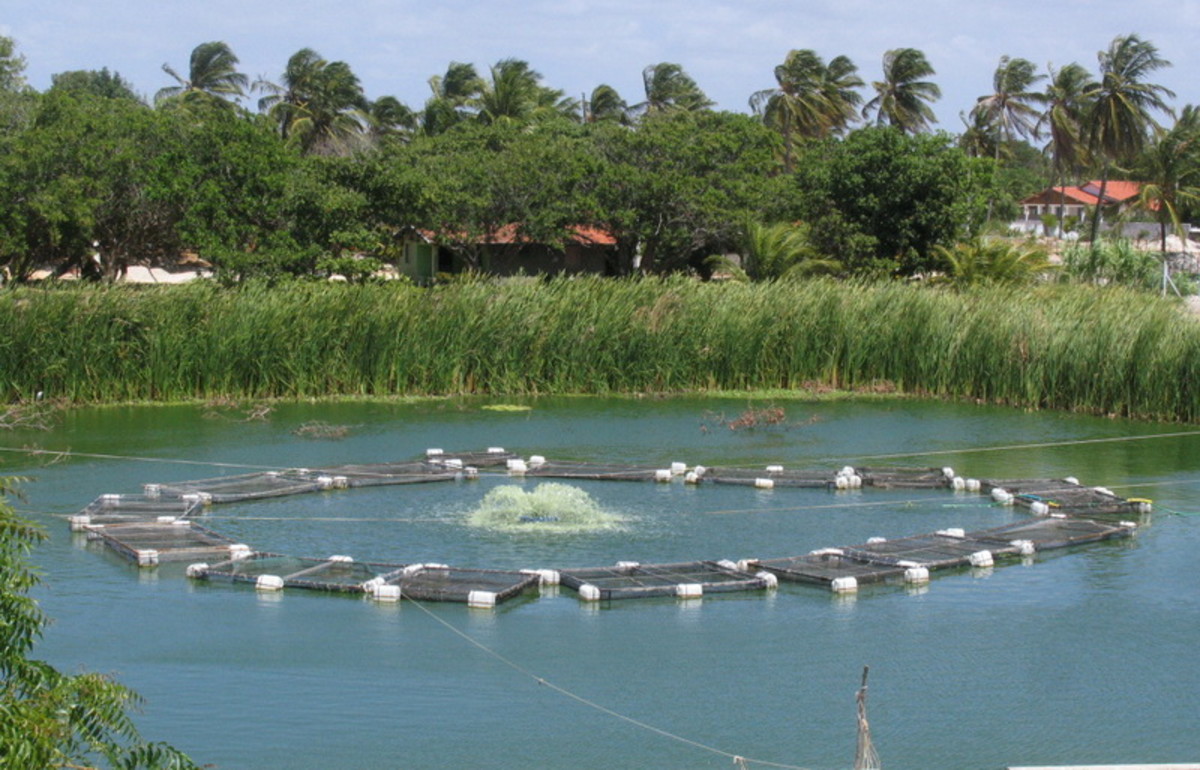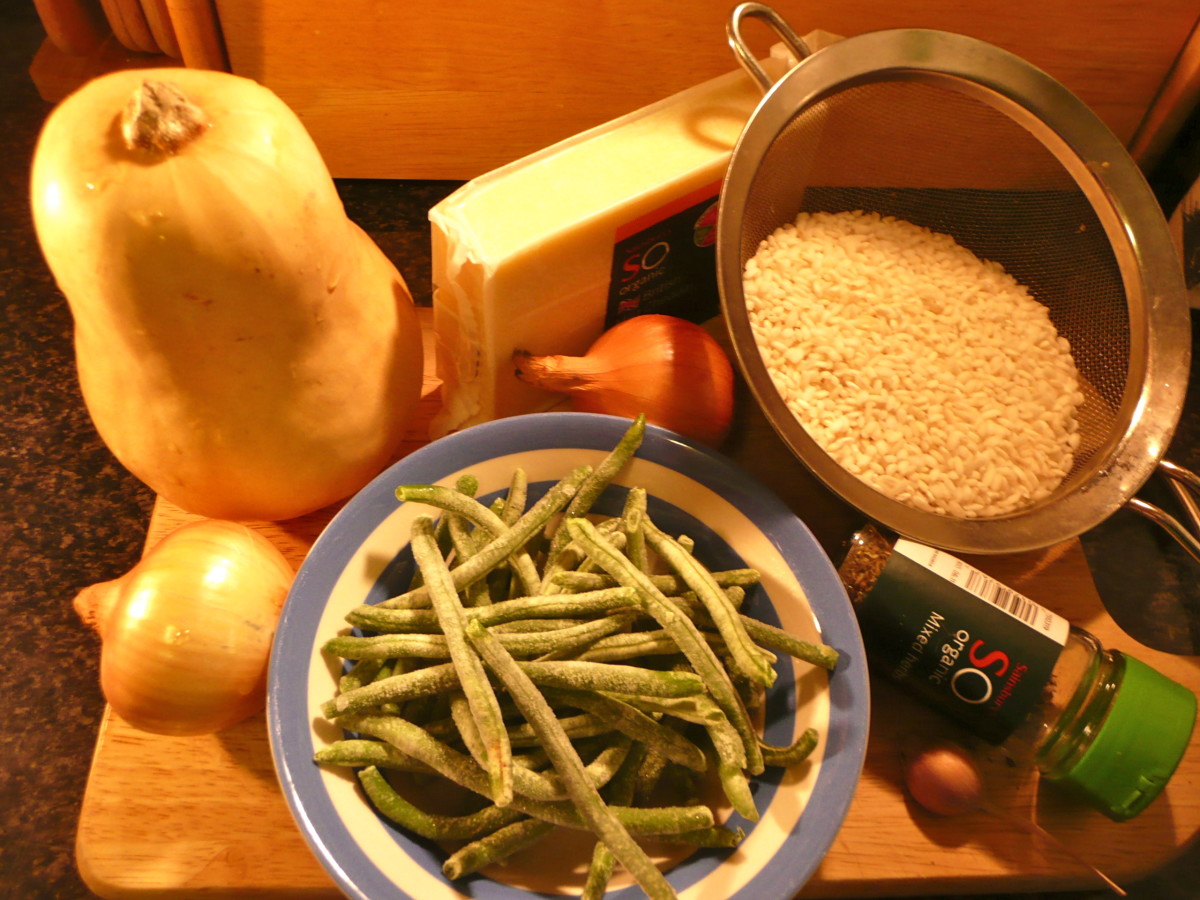What to Feed My 2 Year Old?

Feeding Young Children
Toddlers at this age are moving on from their baby eating habits and more towards a diet like your own. It is important to introduce new flavors and textures to the child as food preferences are set early in life and it is important to develop their taste for healthy foods now so that they develop healthy habits.
Toddler Self Feeding
A two year old should already have explored self feeding and it is important to continue to give them the opportunities to use these skills. At this stage, it is important that you take a back seat and let your child feed themselves.

How to Get Your Child to Eat
Most toddlers like to use their new-found independence. At meal times you can let them assert their independence by giving them some sense of control. At this age, the child is also learning hunger and fullness cues and it is important to help them understand this while also setting boundaries.
Remember, with a two year old, you are still the one who makes the decisions on the foods that they will eat however, your child will decide how much to eat and whether to eat at all. It is important to encourage healthy eating at this stage in order to develop good eating practices for the rest of their lives.
While skipping meals is a difficult concept for many parents and carers to understand, but it is important not to push food on a child that is not hungry as they are learning to respond to their own internal hunger cues. At the opposite of this situation, it is also important that you don't let your child eat on demand all day long either.

Toddler Nutrition - What to Feed a Toddler
Calcium and Vitamin D
Toddlers require calcium and vitamin D to help build strong bones. Milk is an excellent source of these vitamins. For children under the age of two, it is recommended that they drink whole milk (full fat), however, once your child reaches two it is often recommended that you give them low fat milk - though this depends on the child and you may want to talk with your doctor before doing so. Limit their milk intake to around 16-24 ounces per day.
Iron
Iron intake is important for toddlers as iron deficiencies can develop. Iron deficiencies will affect their physical, mental and behavioral development and can lead to anemia, so it is important to ensure they consume enough iron. To prevent iron deficiency, increase the child's intake of iron rich foods such as red meat, poultry, fish, beans and iron fortified foods (eg. Cereal and Breads). If you are concerned that your child may not be eating enough iron, consult your doctor.
Foods Toddlers Should Not Eat
Choking Hazards
While your child is getting older and learning their boundaries, accidents can still happen, for this reason it is important that you avoid foods that could present choking hazards and supervise your child while eating. Foods that may present a choking risk include popcorn, peanuts, whole grapes, hard candies, chewing gum, tough meats etc.

Food Intolerance and Food Allergies in Toddlers
Toddlers are at a higher risk of developing allergic reactions when introducing new foods, especially if there is a family history of food allergies or allergy related conditions such as asthma, eczema, rashes etc. For this reason, be mindful when introducing new foods and watch for any potential reactions and talk to your doctor if you have any concerns. If a sibling or family member has a food allergy such as peanuts or shellfish, you may choose to delay introducing these foods until they are 3+ years old.
How Much Should a 2 Year Old Eat?
Toddlers have little stomachs and therefore cannot eat the volume of food that an adult can. For this reason, it is important to give them foods that are packed with nutrients so that they can grow strong and healthy.
At 2 you should offer your child 3 meals a day and 2 to 3 healthy snacks. Maintaining a regular schedule of meals and snacks is essential when developing healthy food practices. Know that toddlers ate known to skip meals.








